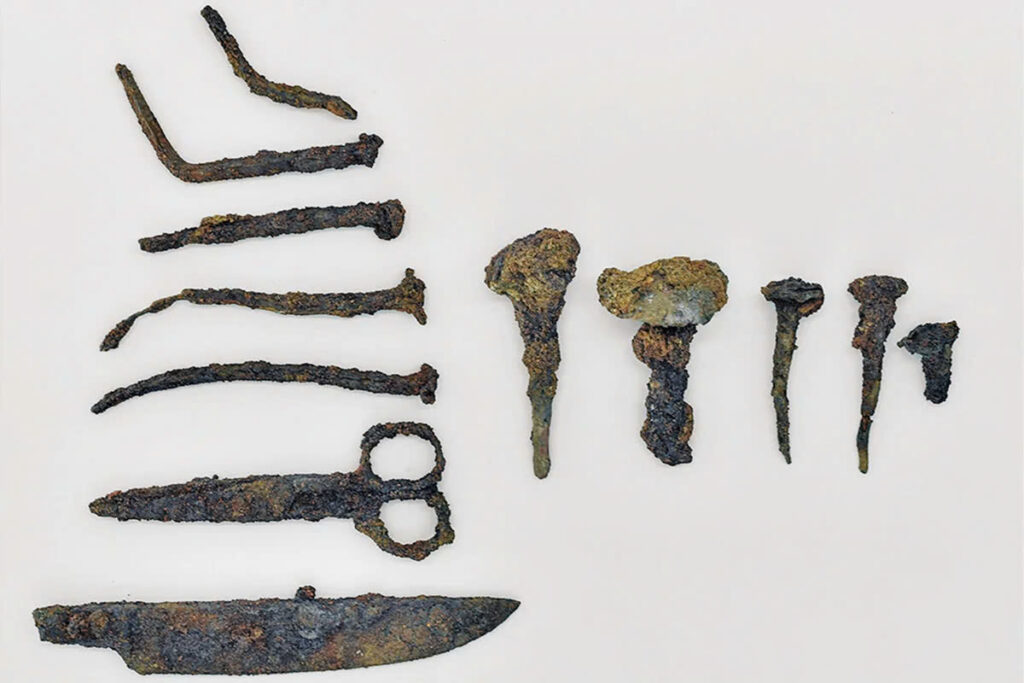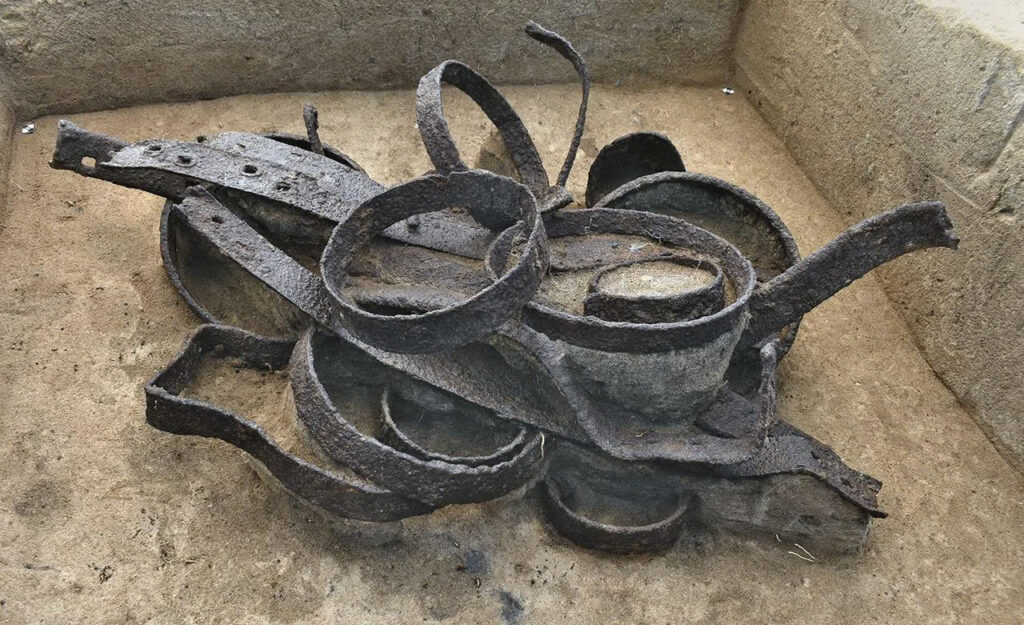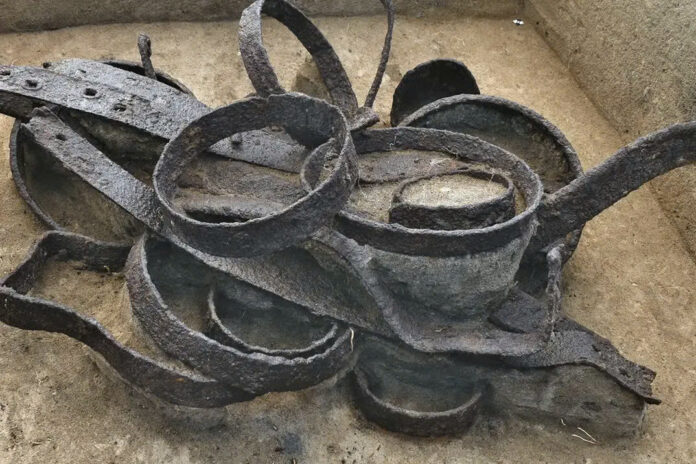Massive Military Encampment Discovered in Stein, Germany
In a remarkable archaeological discovery, experts from the Bavarian State Office for Monument Preservation (BLfD) have excavated one of the largest fortified military camps from the Thirty Years’ War in Stein, Germany. This significant find offers unprecedented glimpses into military life during one of Europe’s most devastating conflicts.
The Historical Context: A War That Reshaped Europe

The Thirty Years’ War (1618–1648) began as a religious struggle between Catholic and Protestant states but evolved into a complex political conflict involving major European powers such as Spain, France, Sweden, and Austria. This brutal war claimed between 4.5 and 8 million lives, decimating some German regions by over half their population.
Wallenstein’s Camp: A City of War
The excavated site in Stein’s development area served as the strategic headquarters for Imperial General Albrecht von Wallenstein during his 1632 campaign against the Swedish forces near Nuremberg. This massive encampment housed approximately:
- 50,000 soldiers
- 15,000 horses
- 30,000 civilians
In essence, it functioned as a temporary war city, bustling with military and civilian activities.
Video
Artifacts Tell the Story of Daily Life

Archaeologists have unearthed an impressive collection of artifacts that paint a vivid picture of 17th-century military camp life:
- Personal items: buttons, scissors, needles, buckles, knives
- Decorative objects: glass beads, silver wire
- Household items: ceramic fragments, a spindle whorl
- Military equipment: lead musket balls, metal parts stockpiles
- Currency: coins featuring Elector Maximilian I of Bavaria and Emperor Ferdinand III
A Mysterious High-Status Burial
Perhaps the most intriguing discovery comes from the camp’s outskirts, where archaeologists found a solitary grave containing a young woman. Her high status is evident from her burial goods:
- Silk garments interwoven with gold and silver threads
- A bronze ring
- Garment hooks
- A decorative chain
Researchers believe she was likely an officer’s wife, though the cause of her death remains undetermined.
This exceptional archaeological site continues to reveal valuable insights about military organization, daily life, and social structures during this pivotal period in European history.

